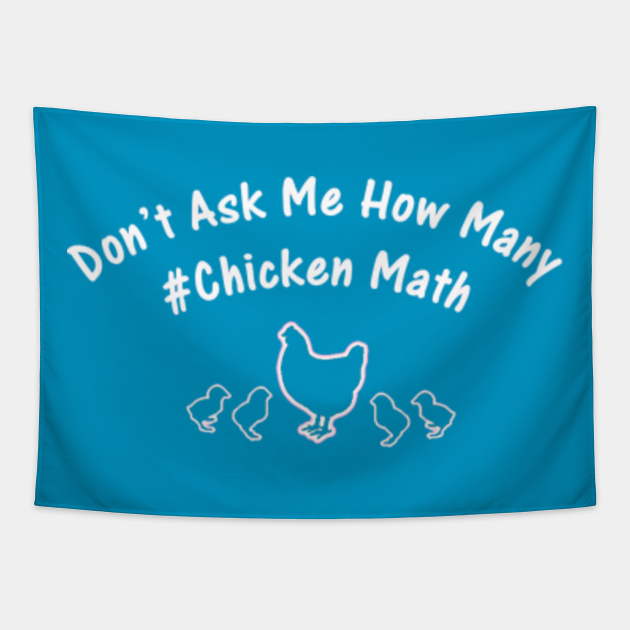

The Eatwell Guide applies to most of us, whether we're a healthy weight or overweight, whether we eat meat or are vegetarian, and no matter what our ethnic origin.Īnyone with special dietary requirements or medical needs might want to check with a registered dietitian on how to adapt the Eatwell Guide to meet their individual needs. Does the Eatwell Guide apply to everyone? With these meals, check the ingredients and think about how these fit with the sections on the guide to help you achieve a balanced diet. Many foods, such as pizzas, casseroles, pasta dishes and sandwiches, are combinations of the food groups in the Eatwell Guide. Most adults consume more calories than they need.įind out how food labels can help you choose between foods and pick those lower in calories, fat, saturated fat, sugar and salt.

On average, women should have around 2,000 calories a day (8,400 kilojoules) and men should have around 2,500 calories a day (10,500 kilojoules). Unsaturated fats from plant sources (for example, vegetable oil or olive oil) are healthier types of fat.īut all types of fat are high in energy (calories), so they should only be eaten in small amounts. It's important to get some fat in your diet, but foods that are high in fat, salt and sugar have been placed outside of the circular image as they're not necessary as part of a healthy, balanced diet and most of us need to cut down on these.

Try to choose a variety of different foods from each of the groups to help you get the wide range of nutrients your body needs to stay healthy. The Eatwell Guide divides the foods we eat and drink into 5 main food groups.
#CHICKEN MATH IMAG FREE#
Note that, even though we multiply by 10, the value returned only goes up to 9.Water, lower-fat milks and lower-sugar or sugar-free drinks, including tea and coffee, all count.įruit juice and smoothies also count towards your fluid consumption, but they contain free sugars that can damage teeth, so limit these drinks to a combined total of 150ml a day.įind out more about water, drinks and your health How does the Eatwell Guide work?
#CHICKEN MATH IMAG CODE#
The following code will assign a random integer from 0 to 9 inclusive to the variable z: const z = Math. What if we want a random integer? Simple: all we need to do is use the Math.floor function to round the returned value down to the integer below. The reason for this can be seen if we multiply both sides of the previous inequality by 10: 0 <= y < 10īut the result is still a floating point decimal number. This can be represented as the following inequality: 0 <= x < 1īut what if you want a random number that’s bigger than 1? Easy: all you need to do is multiply by a scale factor to scale it up - for example, multiplying the result by 10 will produce a value between 0 (inclusive) and 10 (exclusive): const y = Math. To use it, simply enter Math.random() and it will return a pseudo-random floating point decimal number between 0 (inclusive) and 1 (exclusive): const x = Math.

At the time of writing, all the major browsers currently use the xorshift128+ algorithm in the background to generate a pseudo-random number. The ECMAScript standard doesn’t specify how this function should generate a random number, so it’s left up to the browser vendors to implement. JavaScript has the random function, which is a method of the built-in Math object. These are numbers that appear to be random, but are actually generated by functions that accept seed values based on events such as the time or position of the mouse pointer. To get around this, programming languages use deterministic methods to produce pseudo-random numbers. Unfortunately, it’s actually very hard to create a truly random value (unless you have access to some radioactive material … or a monkey with a keyboard. You might want to spice up your website by adding some random styles, generate a random phrase, or add an element of chance to a game (they are used extensively in this Numble game, for example). It’s always useful to be able to add an element of randomness to your programs.


 0 kommentar(er)
0 kommentar(er)
